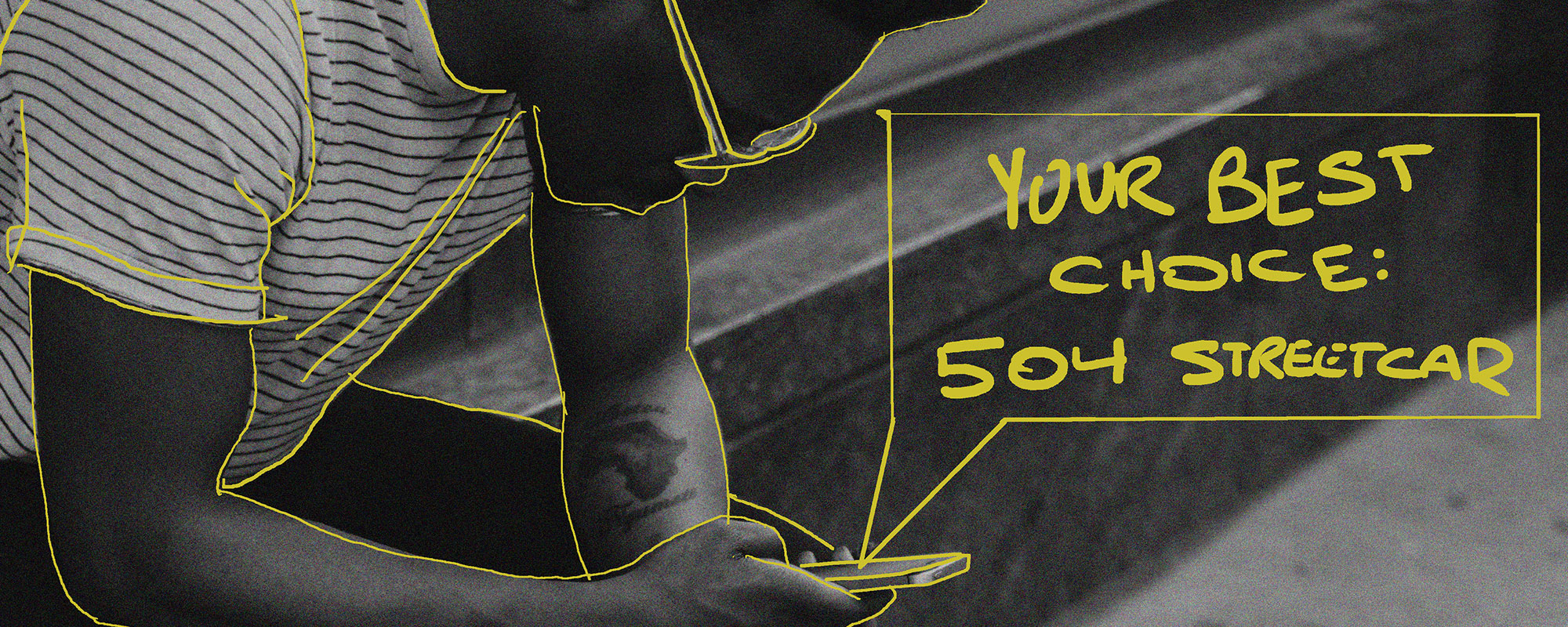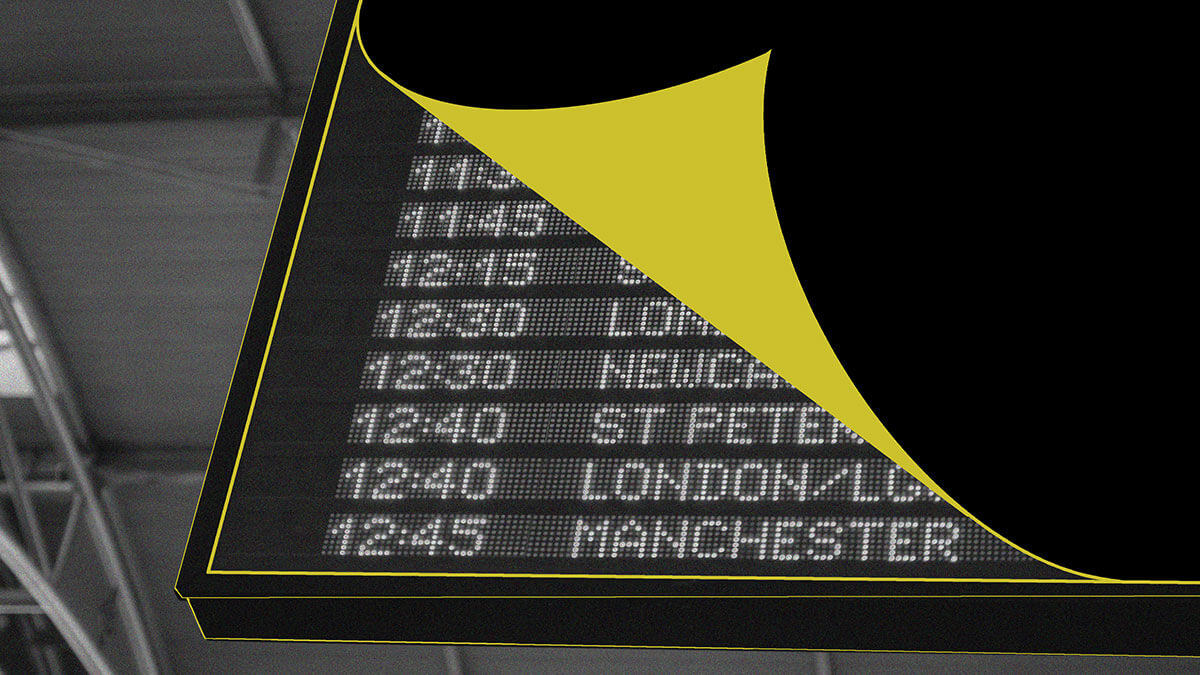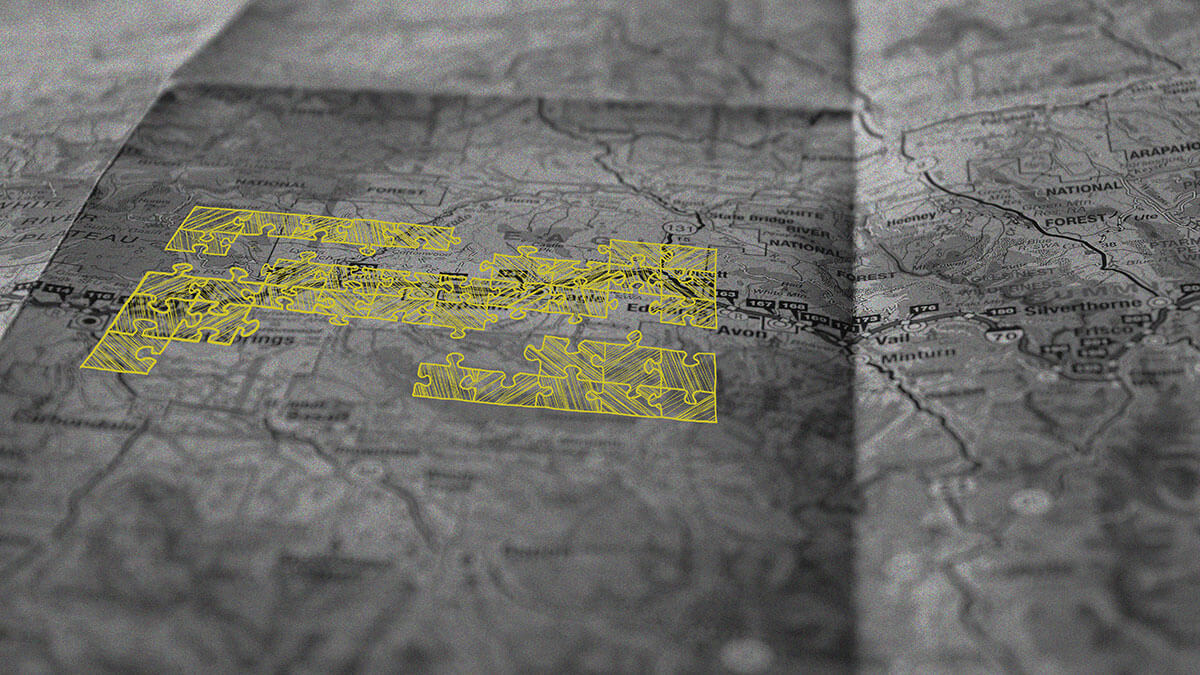
Ideas by Bridgeable
Seven ways to win at shared mobility
We spent more than 70 hours in the field with over 80 commuters from the Greater Toronto area to learn what they care about most when commuting. From this, we identified seven ways to win at shared mobility – our top recommendations for a sure-fire way to create a shared mobility ecosystem that’s integrated and human-centered.
Author
- Bridgeable
1. Give choice over information
Human insight:
When faced with important or difficult transit decisions, especially ones that are time-sensitive, users don’t want a bunch of information that they have to process. They want a list of options and the key information they need to be able to compare them.
Implications for Shared mobility:
Letting users know they are approaching a delay or are running behind schedule isn’t enough. Users need to see what options they have to reroute, and the time and cost implications of each option.

2. Use planning tools as discovery engines
Human insight:
Users are often committed to their chosen method of transportation. They rarely consider alternatives and are often unaware of the full array of mobility options available. Users’ mindset about mobility is usually “if it ain’t broke, don’t fix it”, so when new mobility options become available, users aren’t looking for them.
Implications for shared mobility:
Trip planning tools have the opportunity to become discovery engines for new mobility services. When users see their preferred planning tool refer to a service they are unfamiliar with, they are more open to trying it.
Multimodal planning tools also have the potential to present familiar mobility options in new contexts, making them more viable. For example, while commuting all the way from home to work on a bike may not be possible for many commuters, biking to the nearest transit hub might be an attractive option that users haven’t considered before.
3. Fight the sunk-cost fallacy
Human insight:
Commuters who own cars tend to consider the costs associated with driving as essential and unavoidable. As such, they consider driving “free mobility” because it is always at their disposal, whereas shared mobility has an associated cost per ride.
Implications for Shared mobility:
Because drivers have difficulty seeing the true cost of driving, shared mobility services should allow them to compare the cost of the service against the true cost of driving the same distance, accounting for gas, insurance, wear, and maintenance.
Services should also highlight the non-monetary costs of driving, including stress, traffic, and limited me-time to enhance their perceived value.

4. Build trust with information
Human insight:
Commuters who drive feel a sense of direct control from having their hands on the wheel and being able to choose how to navigate their route. Users feel like they are losing this direct control when they take shared mobility, so they have difficulty trusting that the service will meet their needs.
Implications for Shared mobility:
Users must be given the same level of information and transparency in shared mobility as they have when driving. This means that they need a clear, real-time picture of their route, the duration, the cost, and their expected arrival time, and this information needs to be accurate to build trust.
They also need to know what contingency plans are in place in case of delays and expect to be reimbursed if they are late as a result of a service failure.
5. Maximize “me-time”
Human insight:
Users experience their commute as a buffer between their home-life and work-life, and this buffer serves as an opportunity for them to decompress and prepare for the next part of their day. Any delays or difficulties in the commute act as interruptions to this “me-time”, turning what was an opportunity to relax and reflect into a stressful and draining experience.
Implications for Shared mobility:
Users want to maximize their experience of “me-time”, so any shared mobility service that makes it easier to navigate unexpected delays and interruptions is extremely valuable.
In the case of planning tools, this means providing users with alternative route plans when they experience delays.
For mobility services, this means building in backups to the service in the event that things go wrong, as well as pointing users to alternatives when internal backups aren’t an option.

6. Remember, trips are a single experience
Human insight:
Users who have multimodal journeys think about their trips as single experiences, not the sum of smaller experiences with individual mobility services. When users experience delays or frustrations at any point in their trip, it reflects poorly on their entire experience and every mobility service they use.
Implications for Shared mobility:
Users expect local/municipal services to align their schedules to match those of higher-order transit, so that users travelling regionally can smoothly transition from local to regional transit without an inordinate wait time.
Mobility providers at all levels need to collaborate with one another to ensure they are aligned and providing a smooth experience to users.
7. Enable frictionless planning
Human insight:
Users who have multimodal journeys have to interface with multiple mobility providers to source information about routes and schedules, book trips, and pay for them. Planning complex trips becomes very difficult because users have to manage the connections between services.
Implications for Shared mobility:
Shared mobility planning tools need to be able to integrate numerous mobility providers and to allow trip planning that incorporates as many or as few of these providers as users want.
The tool then has to manage how users will connect from one provider to the next. It should allow users to book and pay for external mobility services directly from the planning tool so that the experience of planning a trip is really a one-step, one-channel process.
Author
- Bridgeable